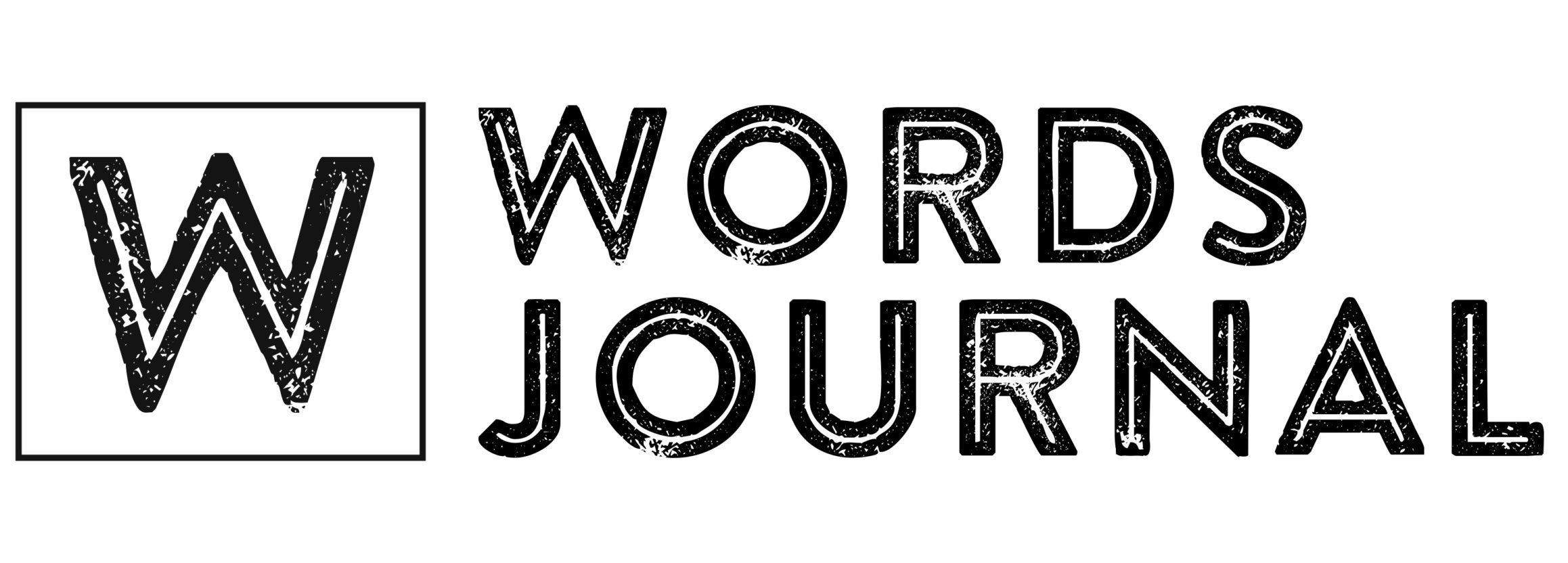
The emergence of artificial intelligence (AI) as a tool for generating content across various mediums—texts, images, videos, and audio—has ushered in a new era of accessibility and creative opportunities.
However, it has also spurred the creation of AI detection software designed to differentiate human-created content from machine-generated content.
This area is quickly advancing, with tools like Undetectable AI, and GPTZero taking the lead in text detection. Nonetheless, the debate over the reliability of these tools and their impact on academic and professional environments continues to be intense.
AI Text Detection and the Academic Sphere
AI detection software has become prominent in the educational sector, particularly as a means to combat student plagiarism and ensure academic integrity.
For instance, GPTZero gained attention for its ability to discern AI-generated text, making it a valuable resource for colleges and universities.
Nonetheless, concerns about misapplication are prevalent. A notable incident at Texas A&M University–Commerce highlighted the complexities of relying on these tools when a professor mistakenly accused students of using AI-generated content, underlining the potential for false positives in academic assessments.
Countermeasures and Anti-Detection Software
Parallel to the development of detection software is the rise of programs designed to evade detection.
Tools such as Undetectable.ai challenge the efficacy of detectors like Originality.ai, allowing users to humanize AI text to make it undetectable, pushing the envelope in the AI detection arms race. This ongoing battle raises questions about the future of content authenticity and the measures needed to maintain it. (Read more about Undetectable AI on Wikipedia)
Beyond Text: Detecting AI in Images, Videos, and Audios
AI-generated content is not confined to text. Images and videos created by tools like Midjourney or DALL-E, and deepfake technologies in audiovisual media, present new challenges for detection software.
Although solutions exist, their reliability is continuously scrutinized. Innovations like SynthID by Google DeepMind, which employs invisible digital watermarks, offer promising avenues for more effective detection techniques.
The Ethical and Technical Debates
The broader implications of AI content generation and detection extend into ethical and technical domains.
Concerns about digital watermarking’s effectiveness and the potential for educational institutions to misuse detection software reflect the complex interaction between technology, ethics, and practical application. As technology evolves, so too will the strategies to detect and differentiate AI-generated content from human-created works.
Conclusion
The world of AI content detection is constantly evolving, filled with quick progress, hurdles, and active discussions.
As AI increasingly becomes part of digital content creation, finding trustworthy and ethical ways to spot this AI-generated content is a significant worry for tech experts, teachers, and creatives.
Navigating this terrain requires a nuanced understanding of AI’s capabilities and the tools designed to detect it, ensuring a balanced approach to innovation and integrity in digital content creation.
In summary, the journey through the intricate world of AI content detection highlights a dynamic battlefield where innovation meets scrutiny.
As we venture deeper into this digital age, the necessity for advancements that are not only technologically sound but also ethically grounded becomes paramount. The conversation around AI content detection is far from over; it is an ongoing dialogue that will shape the future of how we create, share, and consume content.
Stakeholders from all corners—developers, educators, policymakers, and creators—must engage in this discourse, contributing to the development of solutions that honor creativity, authenticity, and ethical standards.
As the lines between human and machine-generated content blur, our collective responsibility is to foster an environment where technology amplifies human potential without compromising on the values that define academic and professional integrity. The path forward is complex, riddled with challenges, but undeniably rich with opportunity for those willing to navigate its contours with thoughtfulness and innovation.
